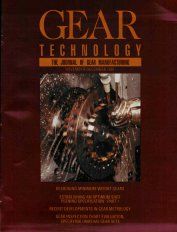A few months ago at the AGMA management seminar, I was surprised by the feverish note taking that went on at a presentation on marketing. The sight reminded me that while many of us in the gear industry are good engineers, designers, and mangers, we are often not as familiar - or comfortable - with less concrete concepts, such as marketing.
